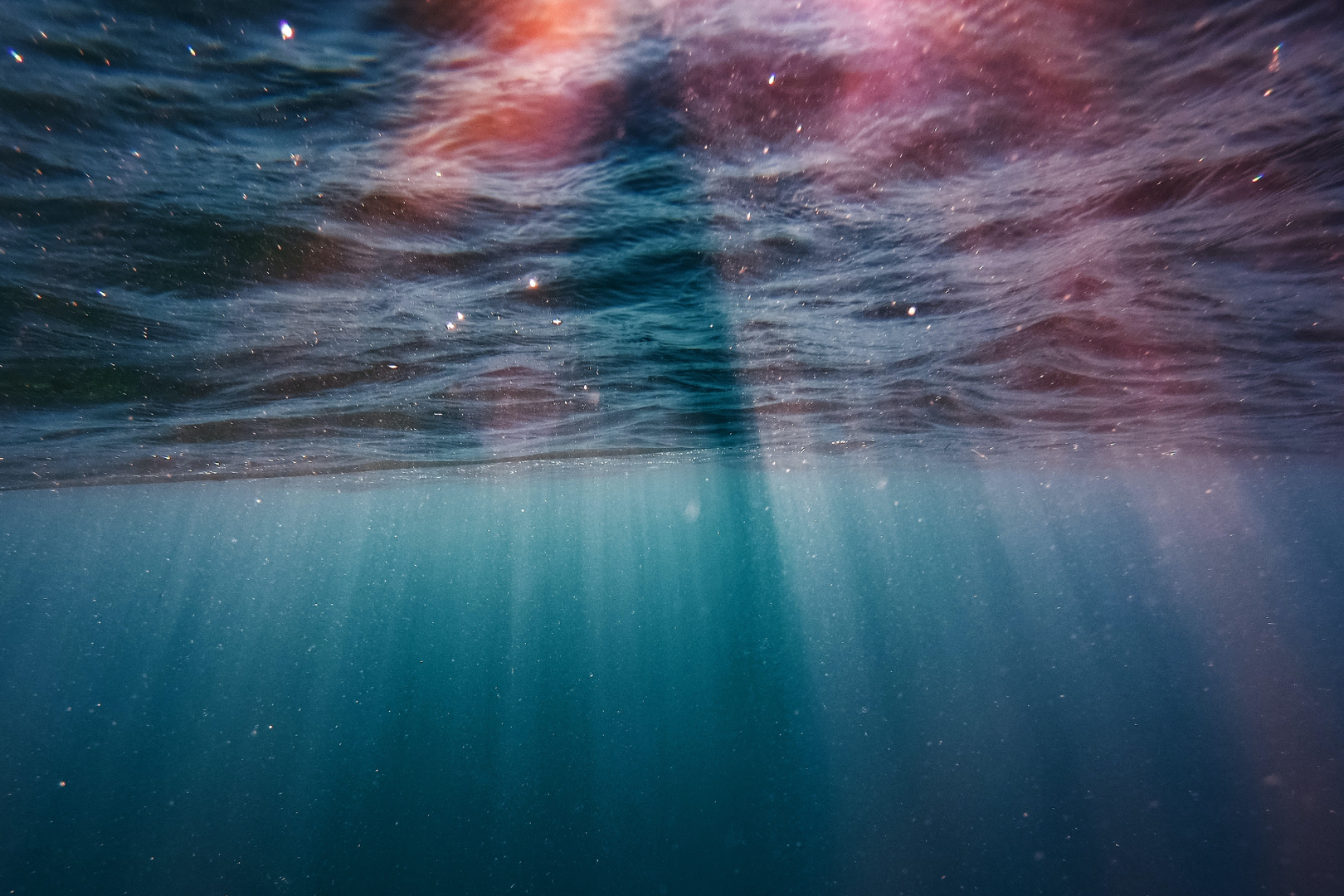Living on sunlight
In the ocean you can find microbes everywhere, even in the deepest parts of the water. It has long been a mystery how these microbes survive here, because until recently it was thought that microbes in the sea mainly live on photosynthesis. Sunlight is needed for this process, but sunlight doesn't reach these deep layers of the ocean. How do microbes survive here?
Living deep in the sea
Researchers have been looking for food sources for microbes that cannot use sunlight. They found that these microbes can use hydrogen (H2) and carbon monoxide (CO) as sources of energy. This process is better known as chemosynthesis, inorganic substances are used as a food source for microbes. The researchers studied many different geographical locations and everywhere they found microbes that can live this way. From the tropics to under the ice of Antarctica. There is less hydrogen in the water surrounding Antarctica than expected. This can be explained by the presence of microbes that use this hydrogen as a food source.
First life on earth
The first life to emerge on Earth were microbes, these microbes likely also used hydrogen as an energy source. This research shows that even 3.7 billion years later, many of these microbes still use this gas as an energy source. Scientists have overlooked this old mechanism for a long time. This goes to show that there are valuable lessons to be learned if you occasionally look back in time.

